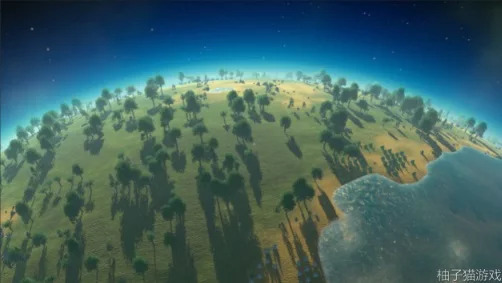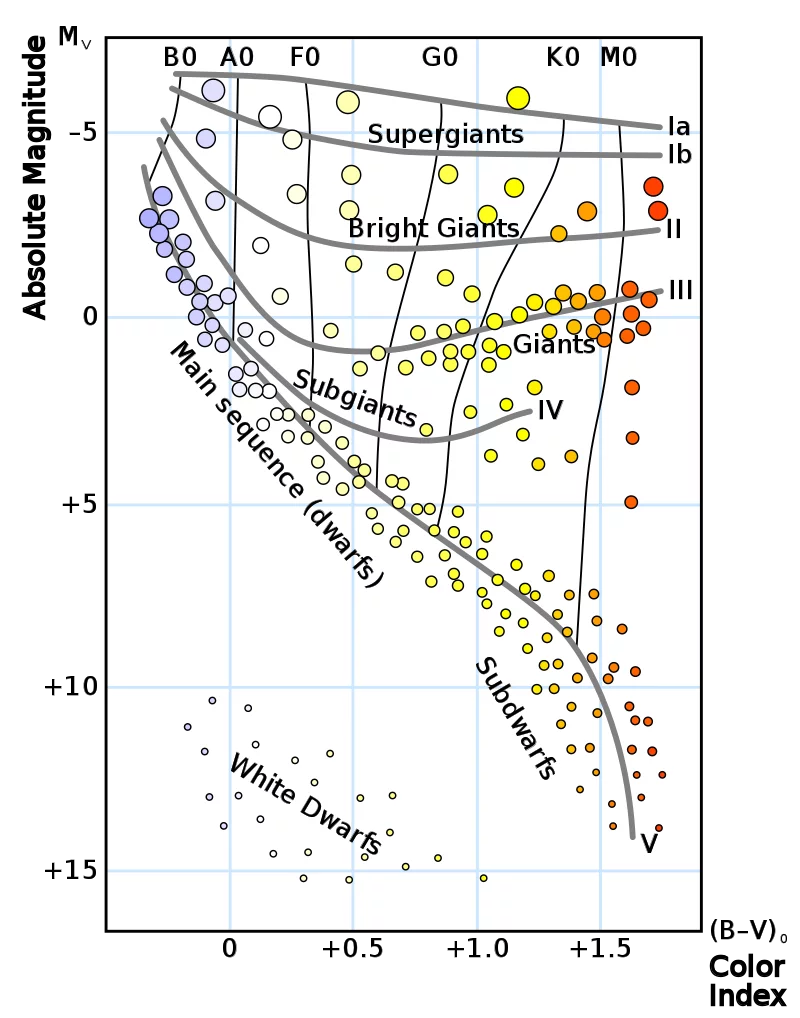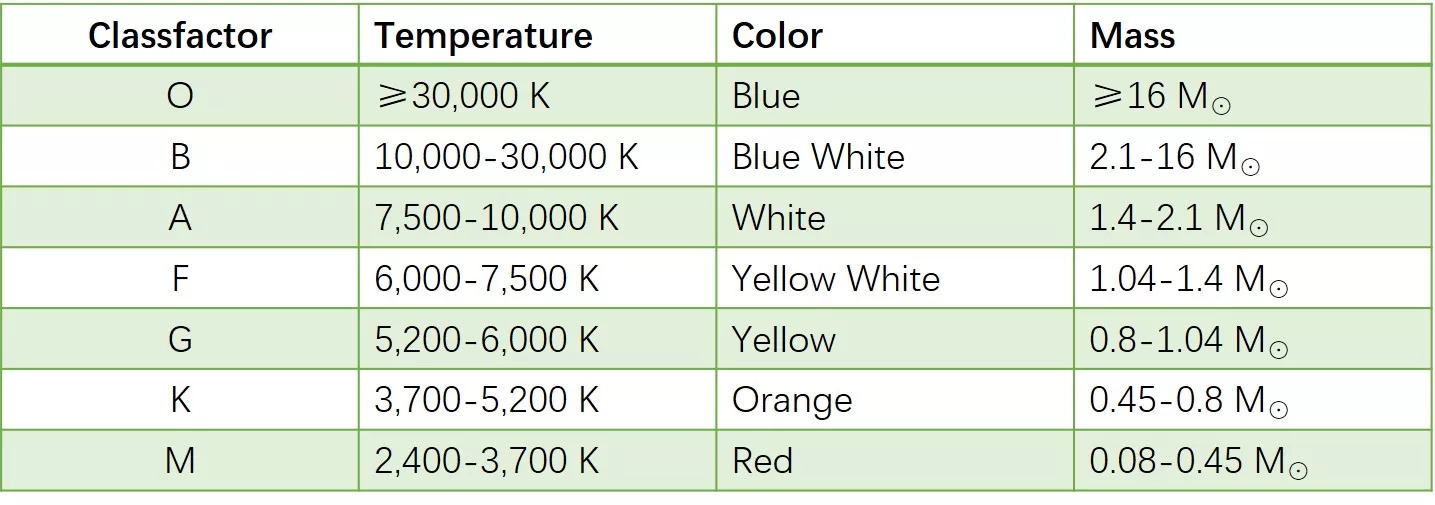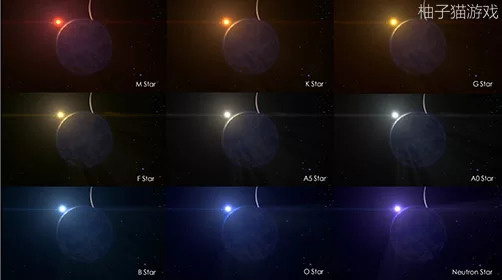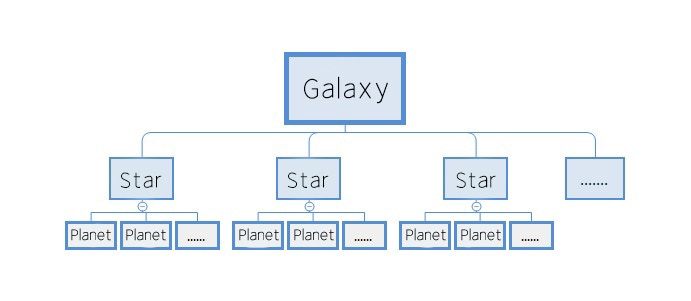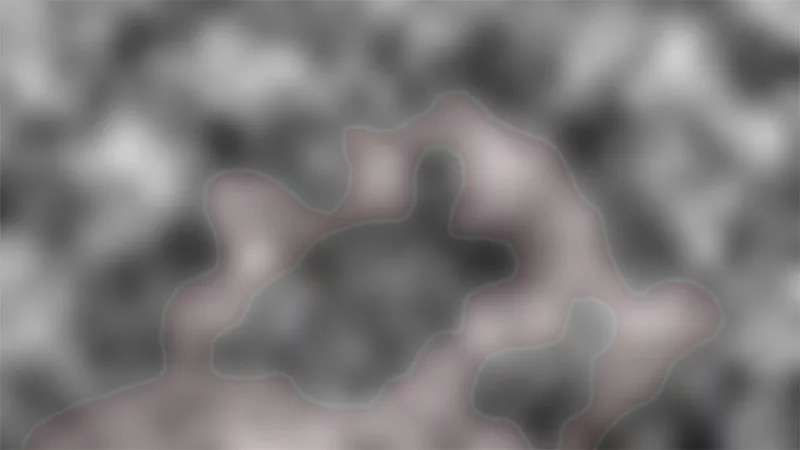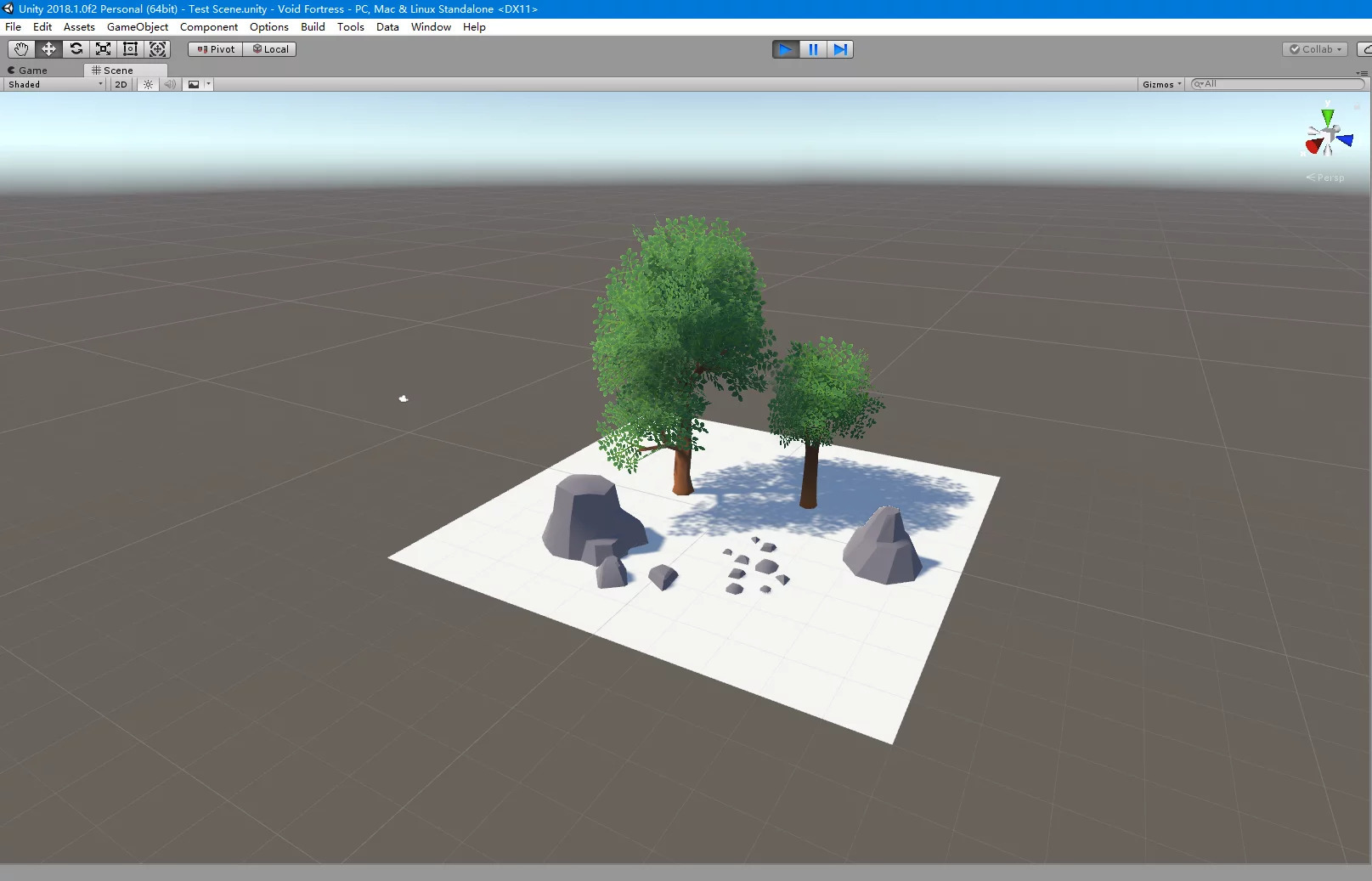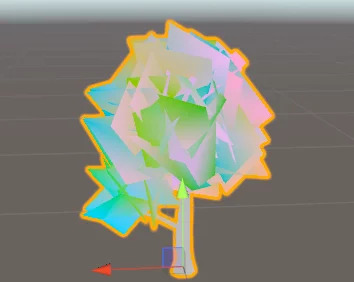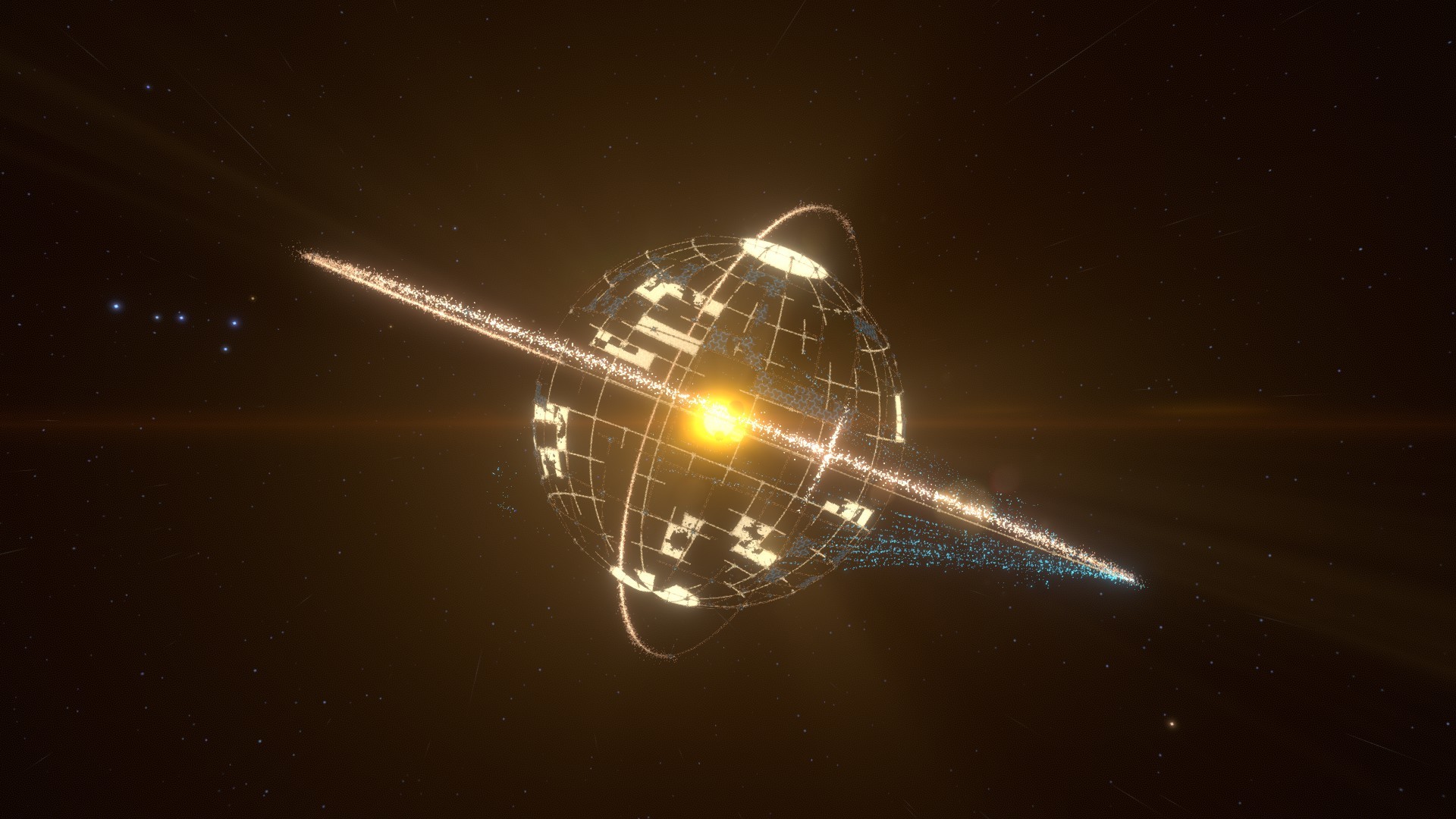
Feb 16, 2021
Premium Bowling - spl
1.18.14:
- Added option to turn on microphone automatically to Voice Chat settings
- Switch active hand from grip button and allow walking from both thumbsticks
- Prevent online players from blocking the lane
- Added option to turn on microphone automatically to Voice Chat settings
- Switch active hand from grip button and allow walking from both thumbsticks
- Prevent online players from blocking the lane







